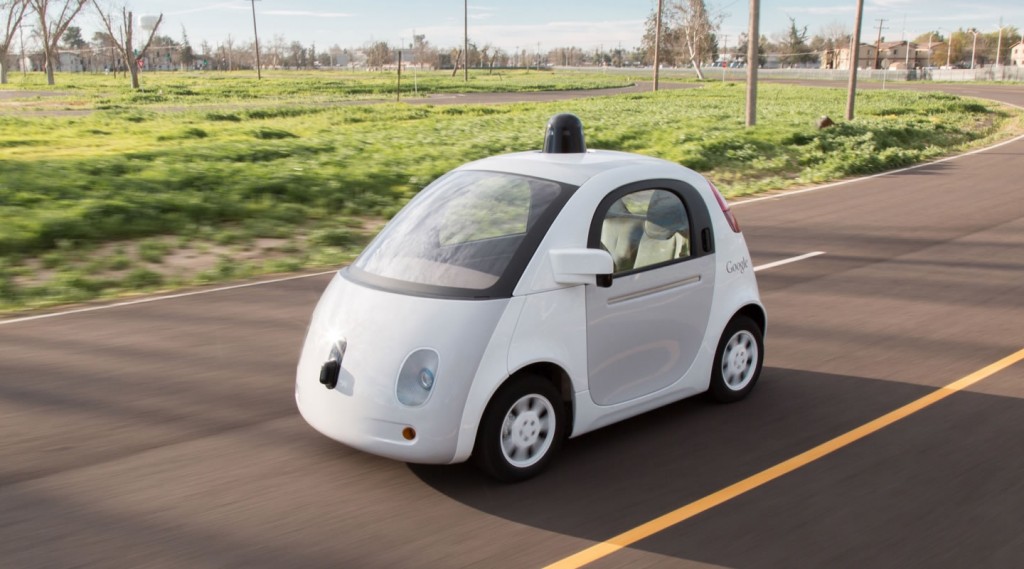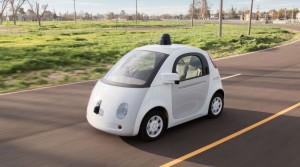
Senate Commerce Committee considers the (rapidly approaching) autonomous vehicle future

 Yesterday the Senate Commerce Committee held a hearing with representatives from the autonomous vehicle industry to gather input on the needs and concerns of the rapidly growing industry.
Yesterday the Senate Commerce Committee held a hearing with representatives from the autonomous vehicle industry to gather input on the needs and concerns of the rapidly growing industry.
Witnesses were:
- Chris Urmson, Director of Self-Driving Cars, Google X
- Mike Ableson, Vice President, Strategy and Global Portfolio Planning, General Motors Company
- Glen DeVos, Vice President, Global Engineering and Services, Electronics and Safety, Delphi Automotive
- Joseph Okpaku, Vice President of Government Relations, Lyft
- Mary (Missy) Louise Cummings, Director, Humans and Autonomy Lab and Duke Robotics, Duke University
The key takeaways from this hearing were:
Autonomous vehicle technology is rapidly advancing and is close to market.
Each witness highlighted the strides their own companies have made. The message from all the panelists is that this in no longer an abstraction, but real technology that could very soon be on the road.
Mr. Ableson from GM and especially Mr. DeVos from Delphi focused on market-ready technologies that add semi-autonomous features to vehicles. Certain 2017 model year Cadillacs will feature technology allowing the cars to drive themselves on the highway. DeVos highlighted several crash avoidance and warning systems that will soon be entering the market and praised committee members for including a provision in last year’s FAST Act that adds new safety ratings for such technologies, incentivizing their adoption.
Google’s fully autonomous vehicles are further away, but Dr. Urmson noted that these vehicles have already logged 1.4 million miles in testing.
Despite these impressive advances, there are still significant hurdles to overcome. Dr. Cummings noted the challenges that autonomous vehicles face, for instance, in dealing with rain or other poor weather.
Panelists were concerned about conflicting regulations.
Panelists all expressed concerns about the possibility of a “patchwork” of overlapping or conflicting regulations enacted at the state or local level and requested that the committee and federal regulators such as the National Highway Traffic Safety Administration (NHTSA) steer consistent rules nationwide.
But disagreements about what and how much regulation is appropriate.
While panelists asked the committee to help avoid a patchwork of local regulations, they were reluctant to back any specific federal regulations on the industry, either. Several senators brought but unresolved regulatory challenges. Ranking Member Sen. Nelson (D-FL) struck a cautionary tone and brought up the ongoing recall of Takata airbags of an example of the devastating impact of design defects. Sens. Markey (D-MA) and Blumenthal (D-CT) pushed the panelists on what regulations they would endorse. But under direct questions from Sen. Markey all of the industry representatives would not support any mandatory requirements over safety or privacy, arguing that the industry is evolving too quickly for regulators to keep up. Dr. Cummings, speaking from an academic perspective, cautioned about technology moving to quickly to implementation, but also warned that federal regulators did not have the expertise to keep up with technological developments.
Autonomous vehicles will bring new business models.
Mr. Ableson from GM and Mr. Opaku from Lyft frequently brought up the new arrangement between the two companies which they see as a way to pioneer autonomous vehicles through a growing rideshare market. This strategic move from GM—an effort to move from selling vehicles to selling mobility—shows how disruptive this technology can be. Transportation network companies—especially Uber and Lyft—have already created an entirely new transportation service in only a few years, using existing technology. Adding radically new technology will undoubtedly be transformative.
Autonomous vehicles will be transformative and bring big benefits.
Committee members brought up numerous benefits of autonomous vehicles. The safety benefits could be tremendous, given that nationwide 38,000 people die each year in car crashes and 90% of those involve driver error. Additionally, several senators and the panelists noted the potential to help people with disabilities and others who currently have poor mobility options connect to economic opportunity. In his opening remarks, Chairman Thune (R-SD) noted that the transformation in how Americans get around would also allow cities to reclaim the one-third of their land now devoted to parking, increase vehicle efficiency, and turn time now wasted behind the wheel into productive, quality time.
Even with quick technological development, full implementation could take a long time.
Mr. DeVos of Delphi noted that the average vehicle on the road today is 11 years old, and there are more than 262 million vehicles registered across the country. Mr. Ableson said GM is only designing autonomous vehicles from the ground up and, from their perspective, autonomous retrofits would not be possible. That means even if the first autonomous vehicles are close to the market, it will take a long time for a large portion of the vehicle fleet to be autonomous without bigger changes to how people get around.



